How many ways can a rock deform?
This activity extends student understanding of the deformation a rock undergoes as a result of stress, plus several factors that contribute to the behavior. Students work in pairs to explore deformation using Silly Putty™. The student worksheet ties the deformation to the concepts of faulting (earthquakes) and folding, and ultimately concludes with an opportunity for students to design their own deformation experiment. Inclusion of the “Marble Tongs” activity is not required, but reinforces the concept that rock can be elastic.
This activity is designed to take 15 minutes as a demonstrated inquiry, or 45 minutes as a structured inquiry.
Students will be able to:
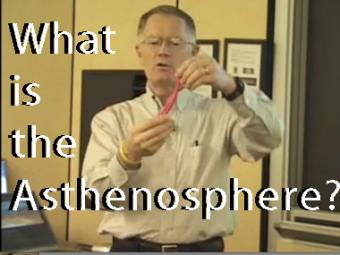
Silly Putty is used as a model to show how the asthenosphere is elastic when exposed to short-duration forces (like seismic waves) but plastic when exposed to long-duration forces (like the load of the Hawaiian Islands on the Pacific Plate).
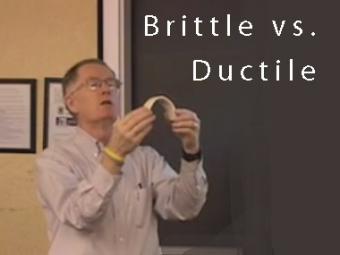
Video lecture on how temperature controls mechanical behavior of materials, including rocks. A Big Hunk candy bar is used as a model. The cold candy bar is brittle whereas the warm candy bar is ductile or "plastic".
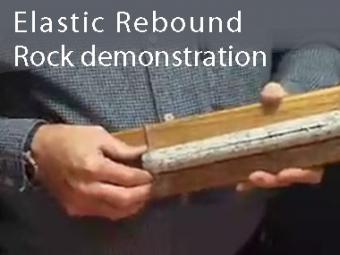
This demonstration shows that rocks are elastic by squeezing a slit core of rock.
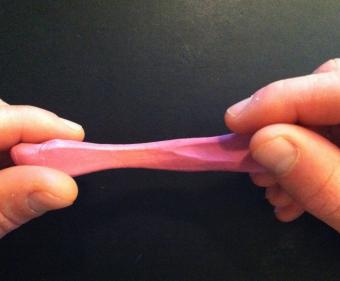
In this activity students will evalaute Silly Putty and Oobleck, both of which demonstrate proprieties of both solid and liquids, as a potential concrete model for Earth's Asthenosphere.
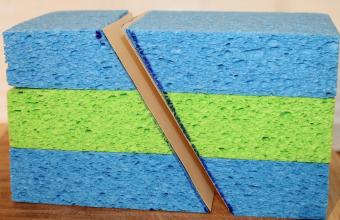
Fault types and rock deformation. The faults and folds in rocks provide evidence that the rocks are subjected to compressional, tensional, and/or shear stress. Silly Putty™ allows students to discover that the structure we see in rocks provides evidence for they type of stress that formed. Students apply this idea by examining images of faults and folds experimentation with sponge models.
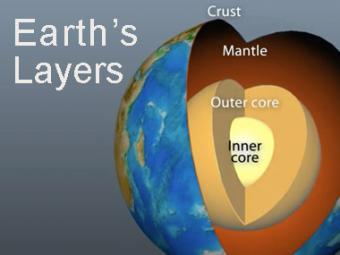
The Earth has 3 main layers based on chemical composition: crust, mantle, and core. Other layers are defined by physical characteristics due to pressure and temperature changes. This animation tells how the layers were discovered, what the layers are, and a bit about how the crust differs from the tectonic (lithospheric) plates, a distinction confused by many.
We encourage the reuse and dissemination of the material on this site as long as attribution is retained. To this end the material on this site, unless otherwise noted, is offered under Creative Commons Attribution (CC BY 4.0) license